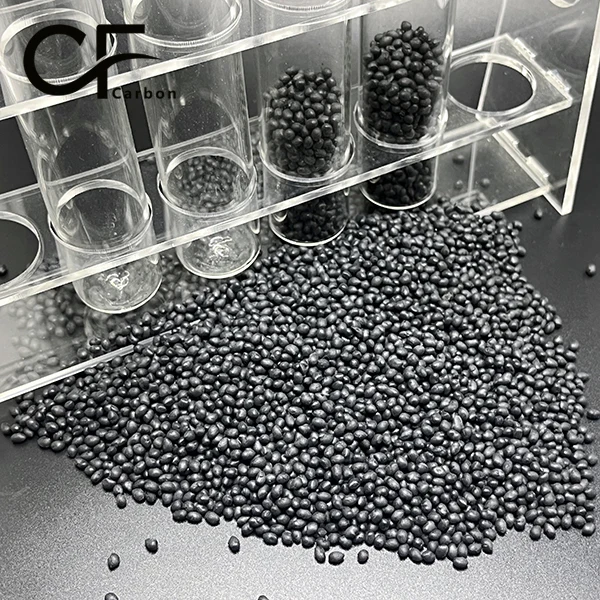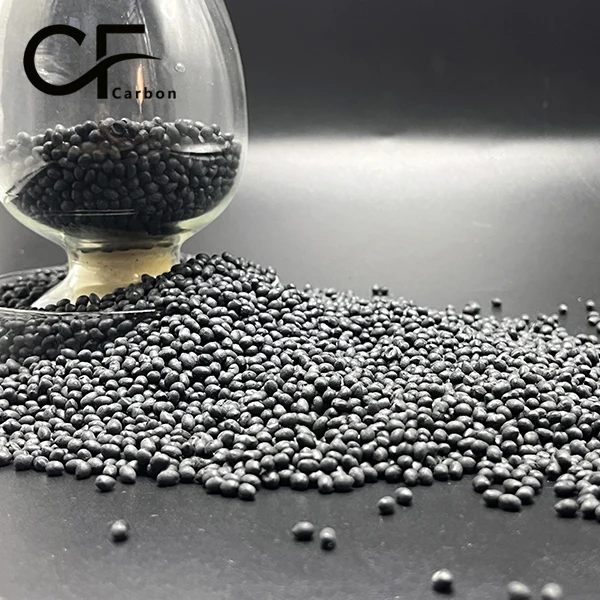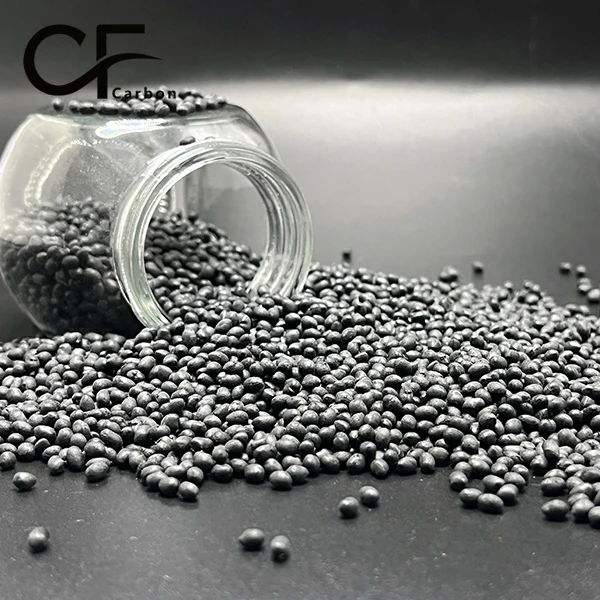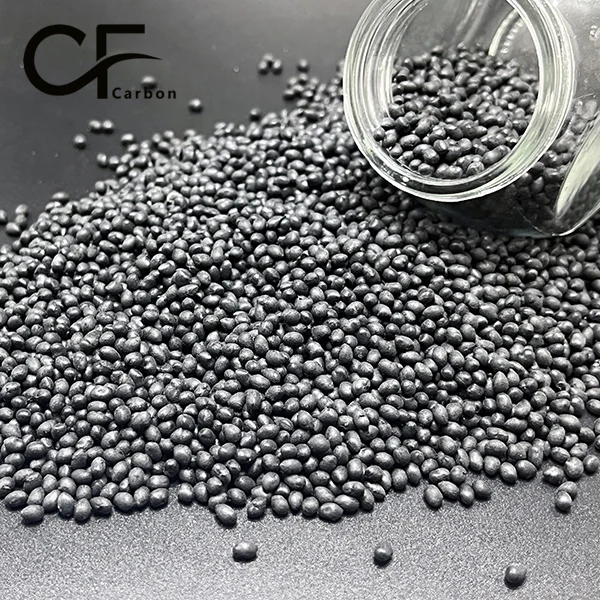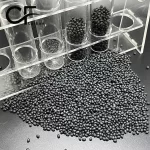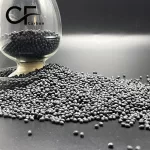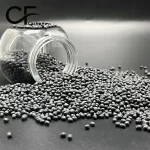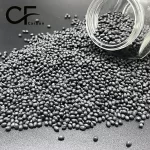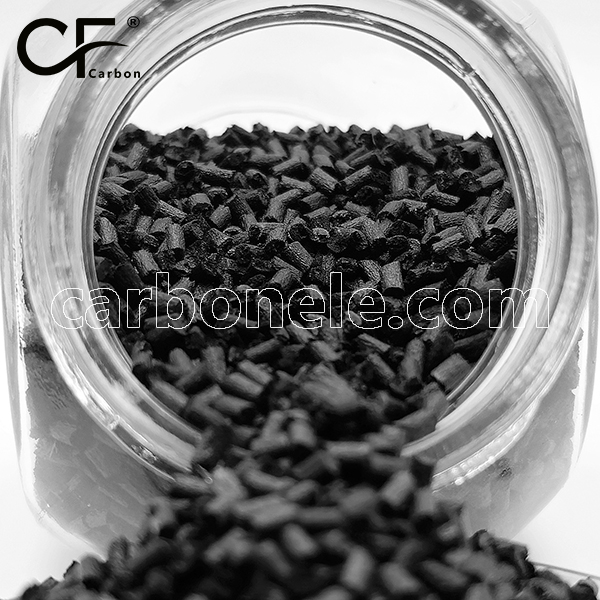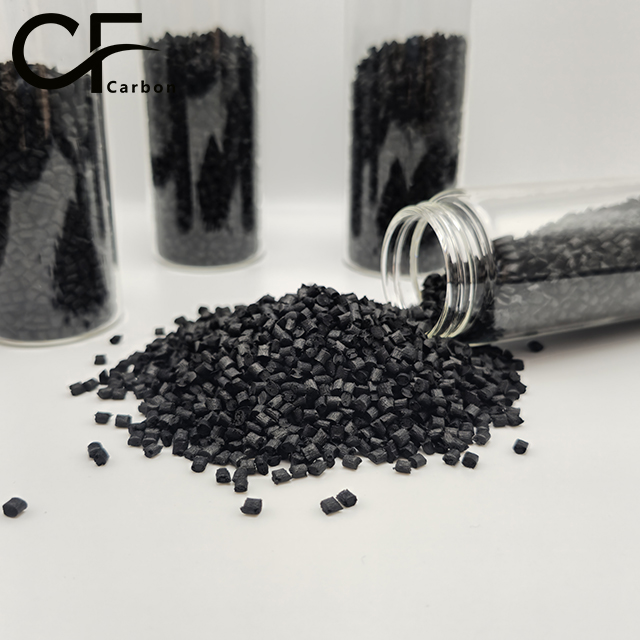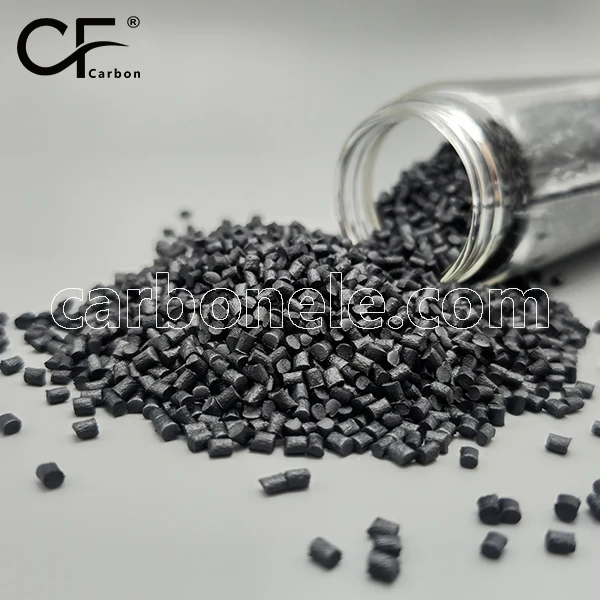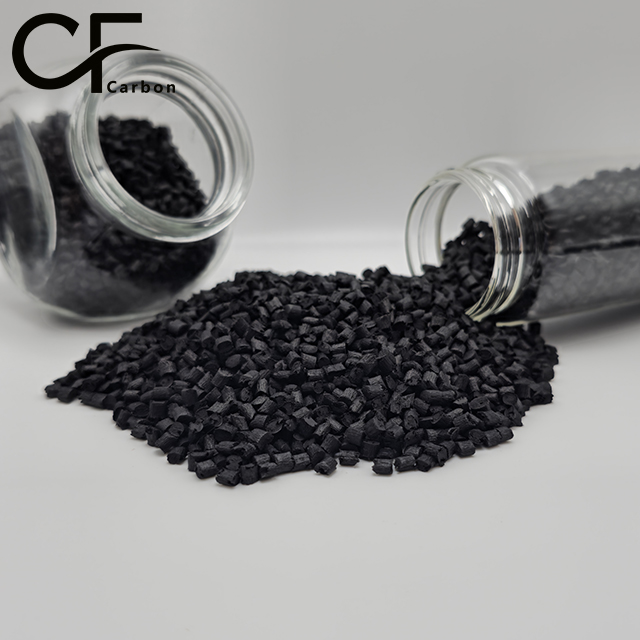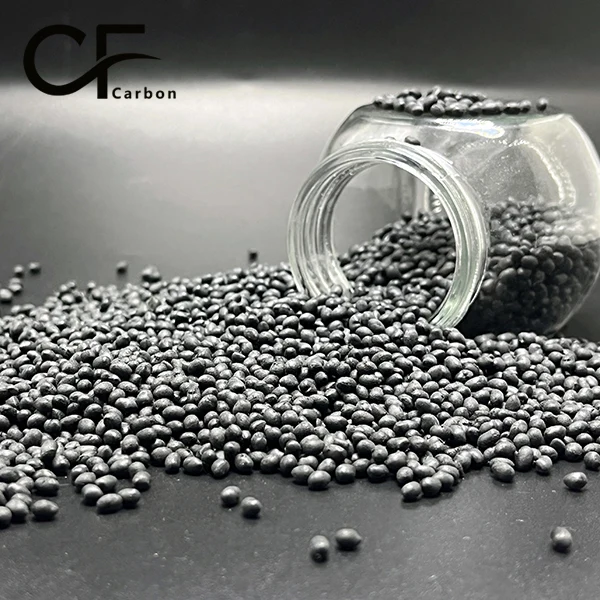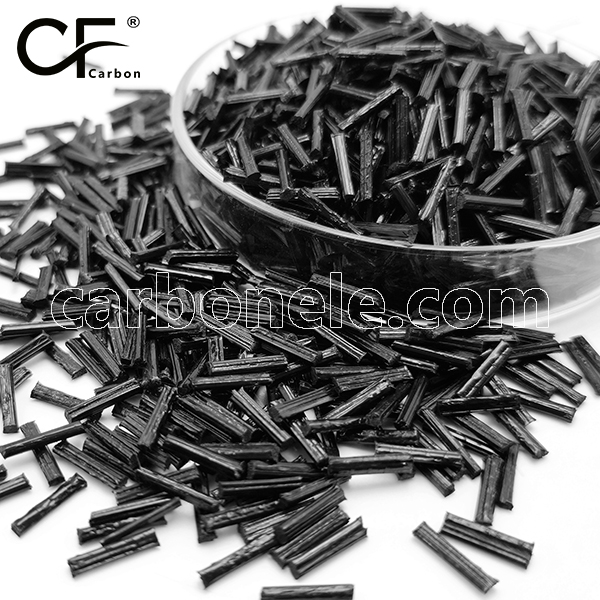
CF Thermoplastic Compounds – PETG CF5 Granules for 3D Filaments
1: Interlayer adhesion strength of 8.5 MPa.
2: Thermal shrinkage rate below 0.5 percent.
3: Chemical resistance with 0.3% weight change.
4: Tensile strength reaching fifty-eight MPa.
5: Melt flow index 12-18g per 10min.
- Manufacturer: Carbon New Material
- OEM/ODM: Acceptable
- Color: Black
- Free samples: ≤10kg
- MOQ: 100kg
- Port: Xiamen
- Model: PETG-CF-BCA05
- Fillers: SCF
I. PETG CF5 Granules
PETG CF5 Granules are an advanced carbon fiber reinforced thermoplastic composite material, produced by compounding a PETG matrix with 5% carbon fiber through a specialized pelletization process. This category of CF Thermoplastic Compounds significantly enhances the mechanical strength and dimensional stability of the material while maintaining the excellent transparency and processability of PETG. It is particularly suitable for manufacturing high-performance 3D Printing Filaments, providing an ideal material solution for engineering-grade 3D printing applications.
II. PETG CF5 Granules Key Properties
1. Excellent Interlayer Adhesion Strength
3D Filaments produced from PETG CF5 Granules achieve an interlayer adhesion strength of 8.5 MPa during printing, approximately 35% higher than standard PETG, ensuring exceptional structural integrity of printed parts along the Z-axis. This is a notable advantage of CF Thermoplastic Compounds.
2. Low Warpage and High Dimensional Stability
The incorporation of carbon fibers reduces the material’s thermal shrinkage to below 0.5%, with a linear coefficient of thermal expansion of 3.2×10⁻⁵/°C, significantly outperforming unfilled PETG and ensuring dimensional accuracy when printing large components with 3D Filaments.
3. Good Chemical Resistance
This CF Thermoplastic Compounds exhibits good resistance to common chemicals such as alcohols and oils, with a weight change rate of less than 0.3%, making it suitable for manufacturing functional parts that may encounter chemical environments.
4. Balanced Mechanical Properties
PETG CF5 Granules offer balanced properties with a tensile strength of 58 MPa and a flexural modulus of 3200 MPa, while maintaining an elongation at break above 8%, providing 3D Filaments with both rigidity and moderate toughness.
5. Optimized Printing Flowability
The Melt Flow Index remains stable between 12-18 g/10min (240°C/2.16kg), with a wide printing temperature window (230-250°C), ensuring stable extrusion of this CF Thermoplastic Compounds material across different 3D printers.
III. Primary Applications
PETG CF5 Granules are primarily used to produce high-performance 3D Filaments, suitable for medical device housings, automotive functional components, electronic device brackets, industrial jigs, and outdoor equipment. This type of CF Thermoplastic Compounds is particularly suited for end-use applications requiring good mechanical strength, dimensional stability, and chemical resistance.
IV. PETG CF5 Granules Application in Medical Device Housing Manufacturing
A medical device manufacturer utilized 3D Filaments produced from PETG CF5 Granules to manufacture housings for portable monitors. The housing needed to withstand impacts during daily transport and resist repeated disinfection with 75% alcohol. Housings printed with this material passed a 1.2-meter drop test, achieved a surface hardness of HB grade, and showed no cracking or deformation after 500 alcohol wipe cycles, while being 20% lighter than traditional ABS housings. This application demonstrates the practical value of CF Thermoplastic Compounds in the medical device sector.
For the complete technical data sheet, sample testing, or specific pricing information for this product, please feel free to contact us. Please note that the properties of different carbon fiber reinforced thermoplastic composites can vary depending on factors such as the base resin type, carbon fiber content, and pelletization process. The advantages of a specific material should be accurately assessed based on your actual application requirements and comparative testing with relevant materials. Performance characteristics may differ between products from various manufacturers.
“`
CFRTP VERSUS CFRP
1. CFRTP demonstrates significantly faster processing time (5 minutes) compared to CFRP (45 minutes), representing a 90% reduction in manufacturing duration. 2. In terms of recyclability, CFRTP outperforms CFRP by a large margin, scoring 9 on a 1-10 scale versus CFRP's score of 2. 3. CFRTP exhibits superior impact resistance (90 kJ/m²) compared to CFRP (65 kJ/m²), showing approximately 38% better performance in this category. 4. While CFRP has higher temperature resistance (220°C) than CFRTP (180°C), both materials maintain adequate thermal performance for most applications. 5. CFRTP offers greater design flexibility (rating of 90) compared to CFRP (rating of 60), providing more versatility in manufacturing and application scenarios.

CFRTP VS. METALS
1. CFRTP exhibits the lowest density (1.50 g/cm³) among all compared materials, significantly outperforming traditional metals like steel (7.85 g/cm³) and copper (8.96 g/cm³), and even surpassing aluminum (2.70 g/cm³) and aluminum alloy (2.80 g/cm³). 2. In terms of strength-to-weight ratio, CFRTP demonstrates superior performance at 120 kN·m/kg, more than doubling the ratio of aluminum alloy (68 kN·m/kg) and far exceeding steel (26 kN·m/kg) and copper (14 kN·m/kg). 3. While steel shows the highest stiffness (200 GPa), CFRTP (150 GPa) outperforms aluminum (70 GPa), aluminum alloy (72 GPa), and copper (110 GPa), offering a favorable balance of rigidity and lightweight properties. 4. CFRTP achieves the highest corrosion resistance rating (9 on a 1-10 scale), surpassing all other materials including aluminum alloy (8), aluminum (7), copper (6), and steel (3), making it ideal for corrosive environments.
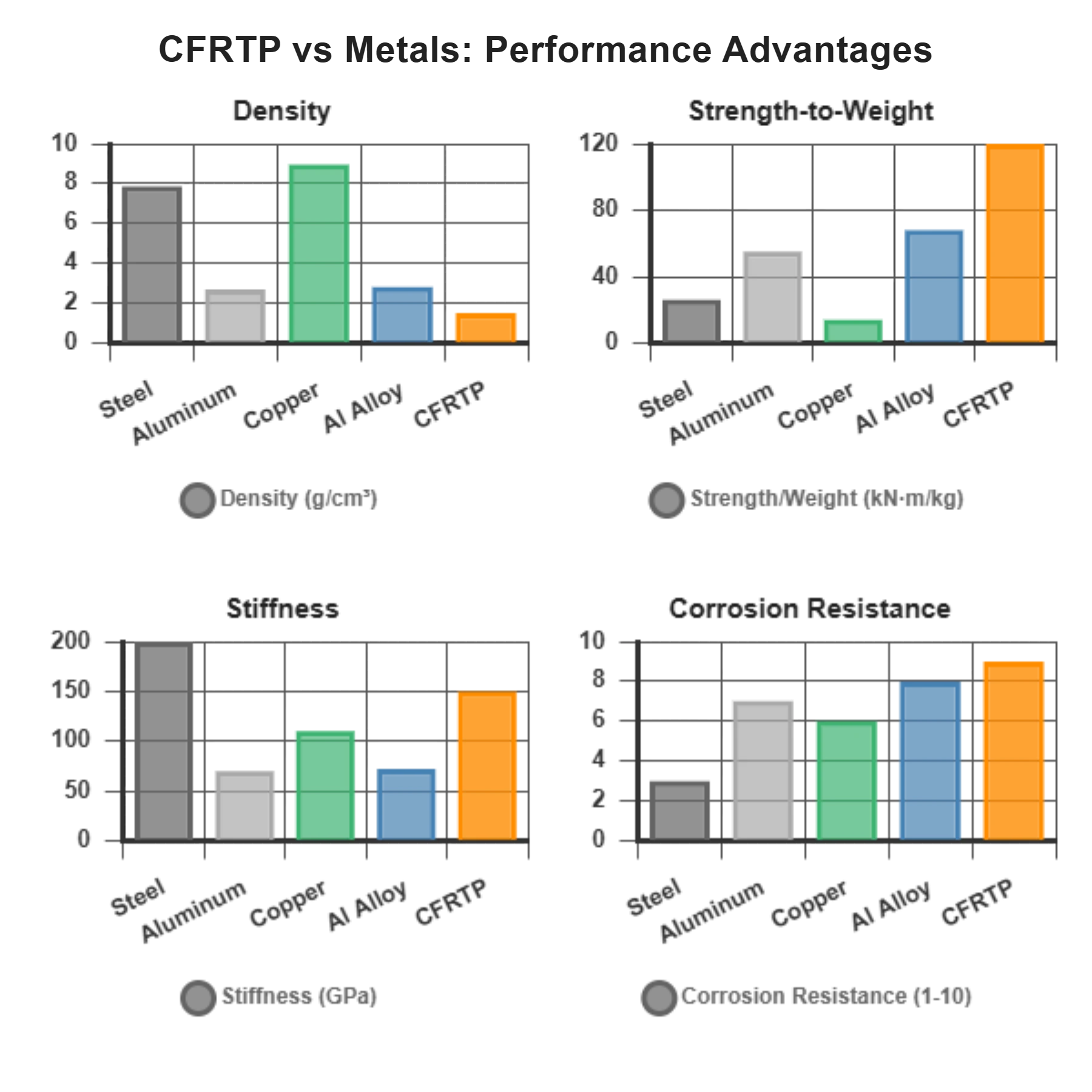
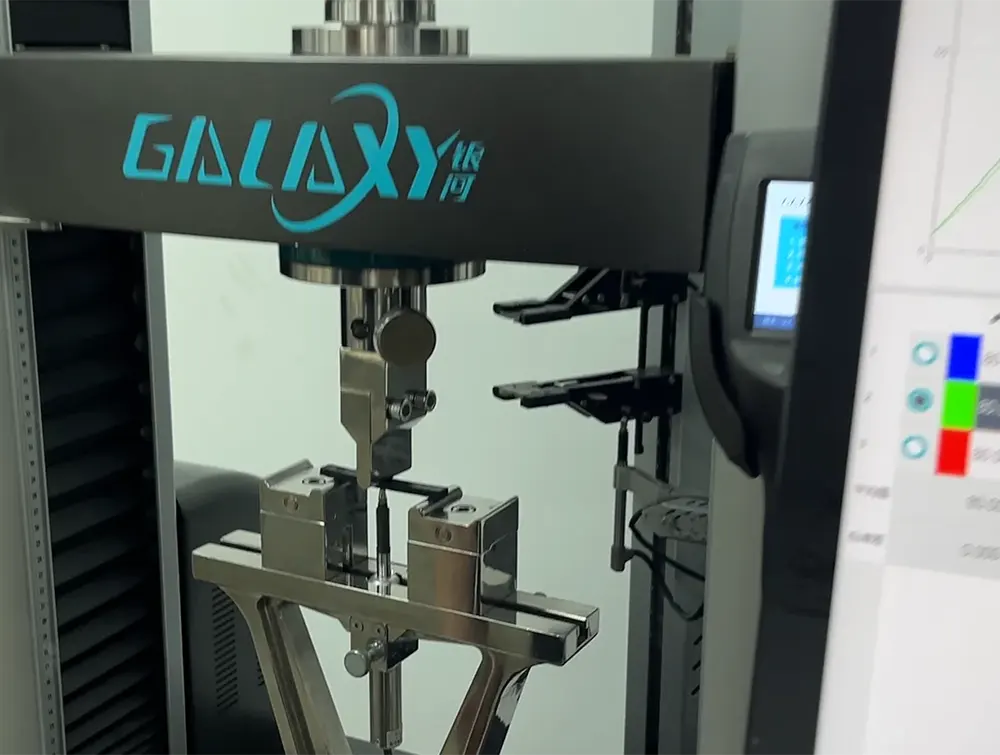

Frequently Asked Questions
Carbon (Xiamen) New Material Co., Ltd. aims to provide buyers with "one-stop" worry-free high-quality services. Here you can find all information about carbon fiber engineering plastics. If you still have questions, please send us an email for consultation!
-
How can I contact the manufacturer of a product that interests me?
When you find a product you are interested in, you can contact the manufacturer directly by sending an email and we will get back to you as soon as possible.
-
How do I find the products that interest me?
All you need to do is enter the keyword, product name in the search window and press the Enter key on your keyboard. Your search results page will then be displayed. You can also search within the product category pages on the home page. Each category is divided into subcategories, allowing you to refine your search and find products that interest you.
-
Where will I find a buying guide?
Please contact our after-sales service directly and we will provide you with a comprehensive operating guide.
-
What are CF Reinforced Thermoplastic Composites?
CF Reinforced Thermoplastic Composites are materials where carbon fibers are incorporated into a thermoplastic matrix. They combine the strength and stiffness of carbon fibers with the processability and recyclability of thermoplastics. For instance, they are used in automotive parts like bumper beams.
-
What are the benefits of CF Reinforced Thermoplastic Composites over traditional composites?
The key benefits include faster production cycles, easier recyclability, and better impact resistance. They also offer design flexibility. An example is in the manufacturing of consumer electronics casings where complex shapes can be achieved more easily.
-
How are CF Reinforced Thermoplastic Composites processed?
Common processing methods include injection molding, extrusion, and compression molding. Injection molding is widely used for mass production. For example, in the production of small components for the medical industry.
-
What industries use CF Reinforced Thermoplastic Composites?
They are utilized in aerospace, automotive, medical, and sports equipment industries. In aerospace, they can be found in interior components. In the medical field, they might be used in prosthetics.
-
How does the carbon fiber content affect the properties of the composites?
Higher carbon fiber content generally leads to increased strength and stiffness but may reduce ductility. A moderate content is often balanced for specific applications. For example, a higher content might be preferred in structural parts of a race car.
-
What are the challenges in using CF Reinforced Thermoplastic Composites?
Challenges include higher material costs, complex processing equipment requirements, and ensuring uniform fiber dispersion. Issues with adhesion between the fibers and the matrix can also arise. An example is in achieving consistent quality in large-scale production.







